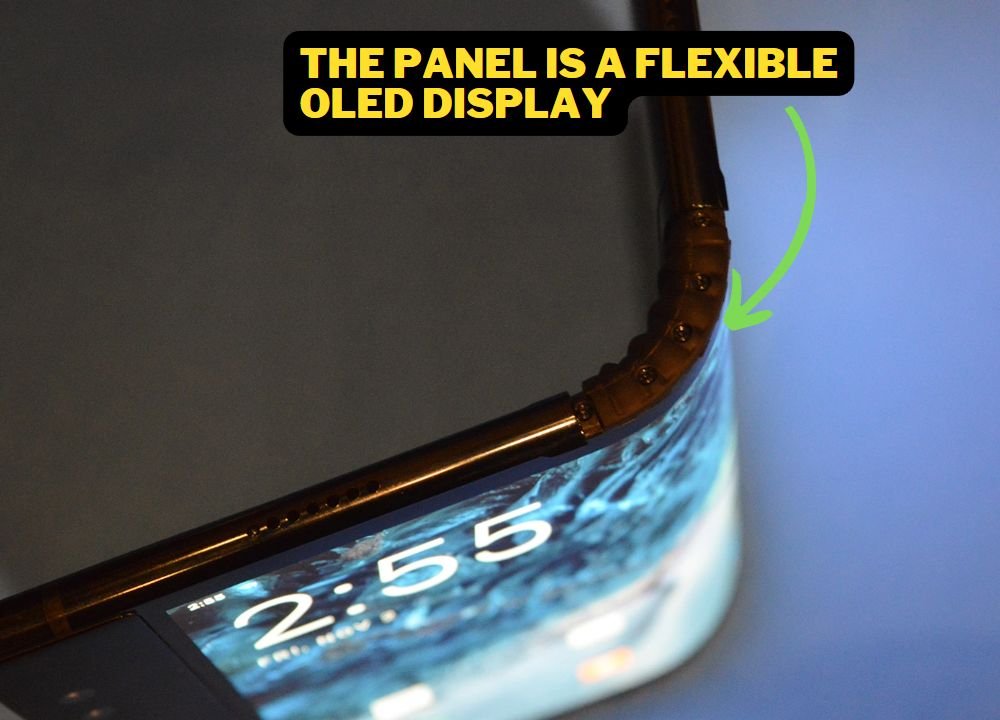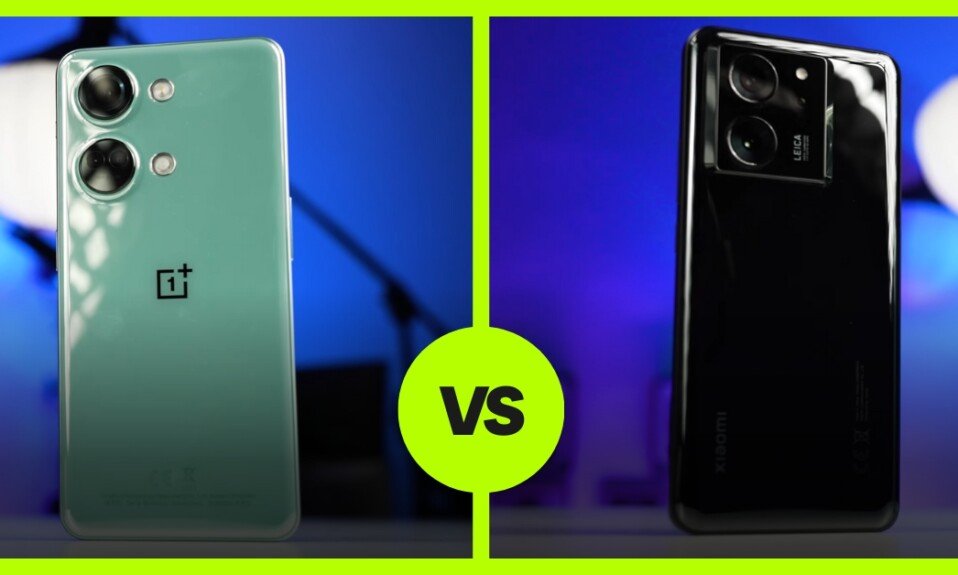Foldable phones are expensive due to the complex technologies involved in their design. Three key technologies are responsible for the high cost: the panel, bearing, and heat dissipation.
Panel
The panel is a flexible OLED display that can bend without breaking. It requires advanced manufacturing processes and materials, which increase production costs.

The folding phone’s screen is made up of multiple layers that are tightly packaged together using a soft, flexible OLED panel. However, the material selection stage is quite strict because each layer must be foldable. This means that hard materials like Corning Gorilla Glass cannot be used. Additionally, the panel itself is a multi-layer structure that can easily separate, slip, or break if folded too many times. This increases the difficulty and cost of manufacturing.
Before becoming the final screen, it needs to be packaged, which is a challenging task. For instance, the Samsung Galaxy Z and OPPO Find N2 series use AMOLED screens that offer excellent contrast and sensitivity. Samsung is a panel manufacturer and usually uses superior screens, which excel in detail and color rendering.
Bearing
The folding mechanism allows the phone to fold and unfold smoothly while maintaining structural integrity. This requires precise engineering and durable materials, further driving up the cost.

The design of the bearing is complex and requires a high level of cooperation with the panel. The bearing needs to expand and contract freely, just like joints, and have a shallow crease. This is important for the overall feel of the phone.
Manufacturing the bearing is a challenging process, and the yield rate is low. Before leaving the factory, it must pass over 100,000 to 200,000 endurance tests. If the design is good, it can reduce the creases on the main screen and make the body thinner, indirectly improving the feel. Recently, the OPPO Find N2 Flip was noted for having shallower creases than Samsung’s folding phones due to the design of its bearings.
Heat Dissipation
Heat dissipation is also a critical component. Foldable phones generate more heat than traditional phones, which can cause damage over time. To prevent this, manufacturers need to incorporate specialized cooling systems, adding to the overall cost.
Folding phones have larger screens and more components than straight phones, which leads to poorer heat dissipation. This results in uneven heat distribution and higher temperatures. Therefore, the folding phone requires better heat dissipation performance, which increases manufacturing costs. Even basic tasks such as browsing social media or chatting can cause the phone to feel warm to the touch.
However, these key technologies are improving every year, allowing folding phones to maintain their novelty while addressing the shortcomings of straight phones. Despite the high unit price of folding phones, the advancements in these technologies make it understandable why they are so expensive.
What is the disadvantage of foldable smartphone?
- Durability: Foldable smartphones are more fragile than traditional smartphones, as the folding mechanism can put stress on the screen and other internal components. This can result in damage to the device over time, especially if it is not handled with care.
- Cost: Foldable smartphones are currently more expensive than traditional smartphones, making them less accessible to many consumers.
- Size and weight: While foldable smartphones offer larger screens when unfolded, they are often bulkier and heavier than traditional smartphones when folded, making them less portable and harder to fit in pockets or small bags.
- App compatibility: Some apps may not be optimized for foldable screens, which can result in issues with usability and performance.
- Battery life: Foldable smartphones require larger batteries to power their larger screens and more powerful processors, which can result in shorter battery life compared to traditional smartphones.
Overall, while foldable smartphones offer exciting new features and design possibilities, they still have some disadvantages that need to be addressed and improved upon.
Do foldable phones break easily?
Foldable phones is more delicate than traditional smartphones and can be easily damage under certain circumstances due to the stress on the folding mechanism. However, manufacturers are addressing these durability issues by using advanced materials and designing devices that can withstand repeated folding and unfolding.

Some foldable phones now come with protective cases or screen protectors that prevent damage from drops or scratches. Nonetheless, like any electronic device, foldable phones can still be damaged if mishandled or dropped, and require proper maintenance for longevity. Therefore, while foldable phones may be more fragile than traditional smartphones, they can still be durable with proper use and care.
All of these factors contribute to the high price tag of foldable phones. However, as technology advances and production costs decrease, prices may become more affordable in the future.
Pros & Cons
Pros of Foldable Smartphones:
- Larger screen size for a more immersive viewing experience
- Portability, despite the larger screen size
- Multitasking capabilities for increased productivity
- Innovative new category of smartphones pushing design and functionality boundaries
Cons of Foldable Smartphones:
- May be more fragile due to folding mechanism
- Higher cost compared to traditional smartphones
- Some apps may not be optimized for foldable screens
- May be bulkier and heavier when folded, making them less portable
- Require larger batteries resulting in shorter battery life compared to traditional smartphones
FAQ
Q: What are folding phones?
A: Folding phones are smartphones that feature a foldable screen that allows the device to be folded in half like a book. This design allows for larger screens that can be easily folded and carried in pockets or purses.
Q: Will folding phones continue to get cheaper in the future?
A: It is likely that folding phones will continue to get cheaper in the future as the technology becomes more widespread and competition in the market increases. Additionally, advancements in manufacturing techniques and materials could also contribute to further cost reductions. However, it is difficult to predict how much prices will come down and how quickly this will happen.
Q: What is the current price range for folding phones?
A: The current price range for folding phones varies depending on the manufacturer and the specific model. However, many folding phones are now available in the $1,000 to $2,000 range, which is significantly lower than the initial prices of the first generation folding phones that exceeded $2,000.



